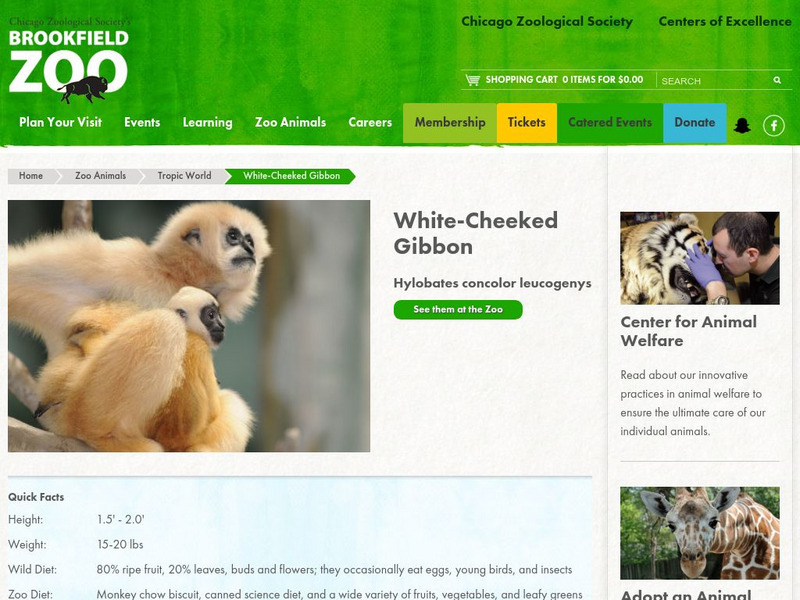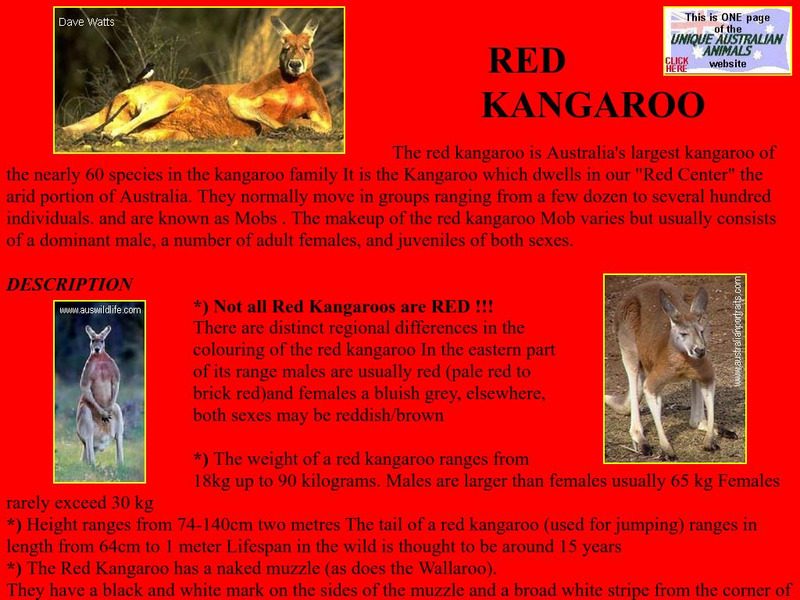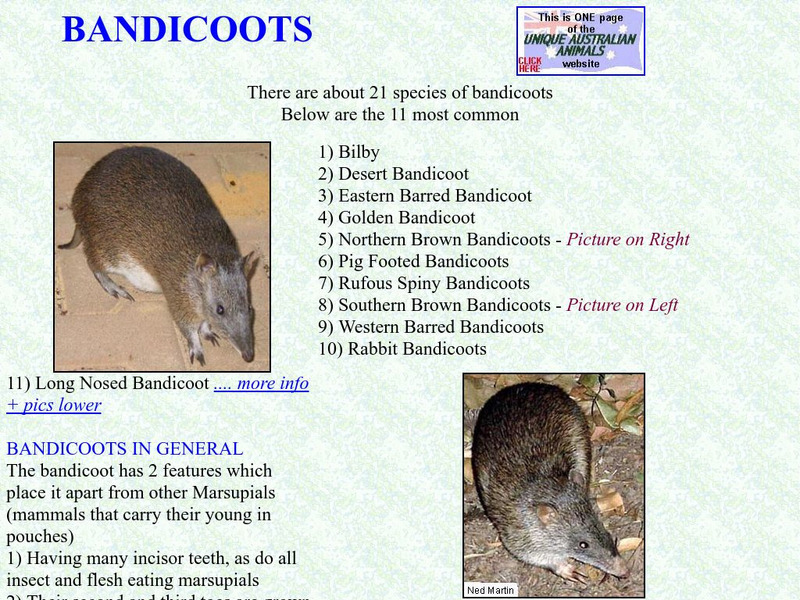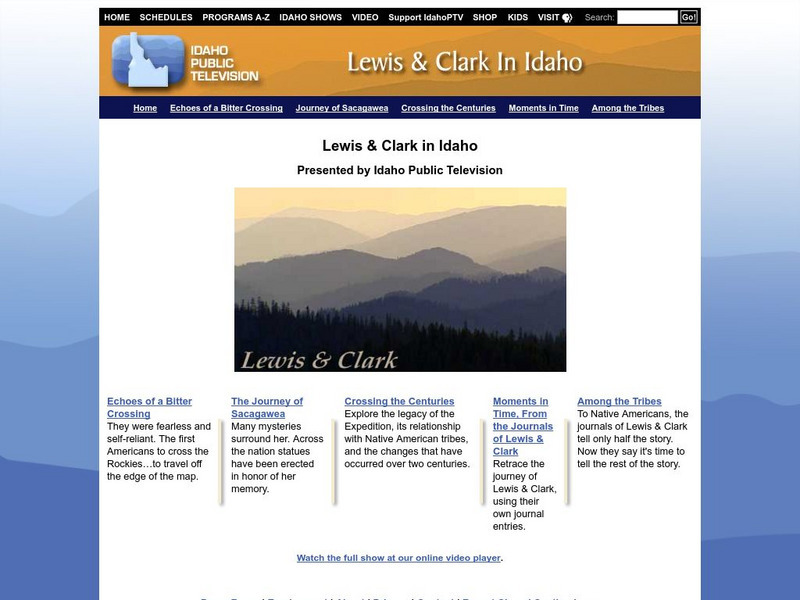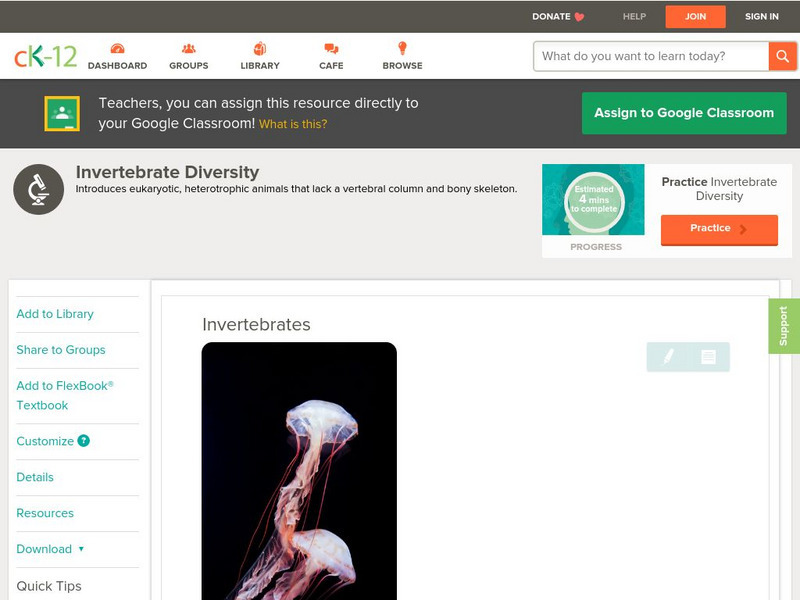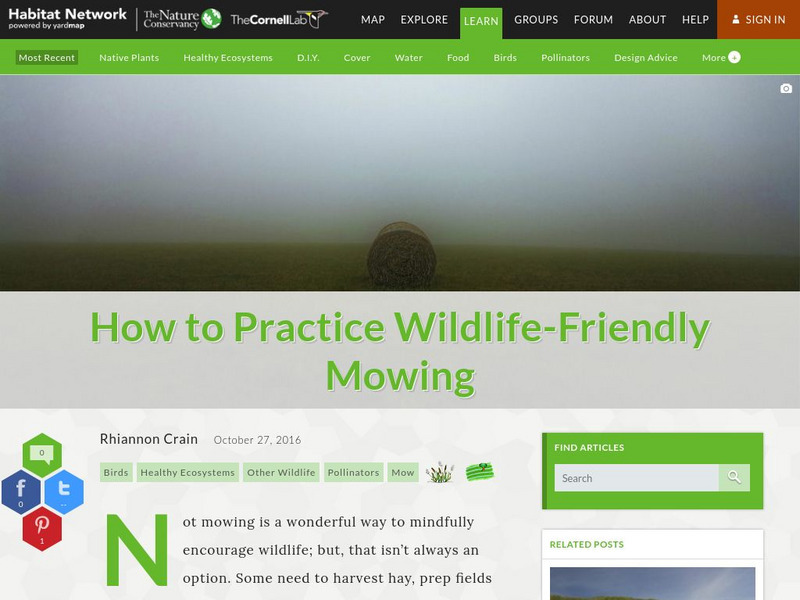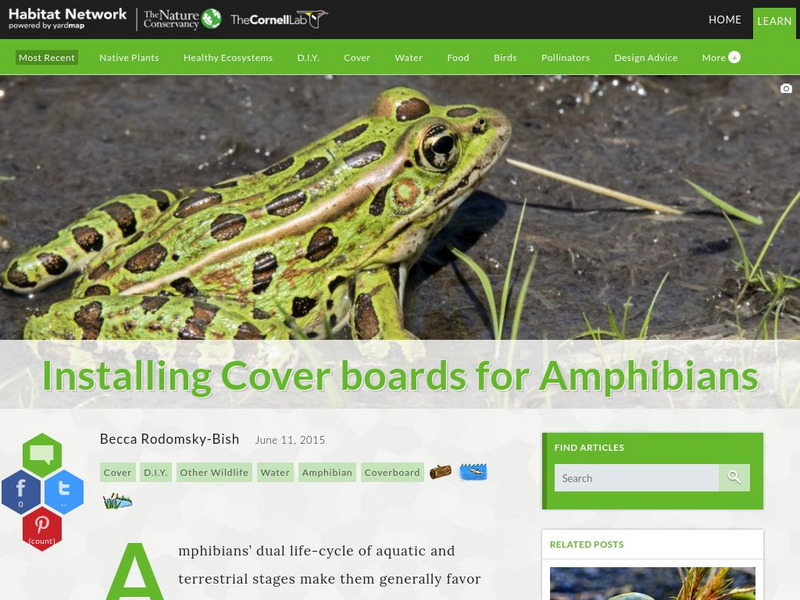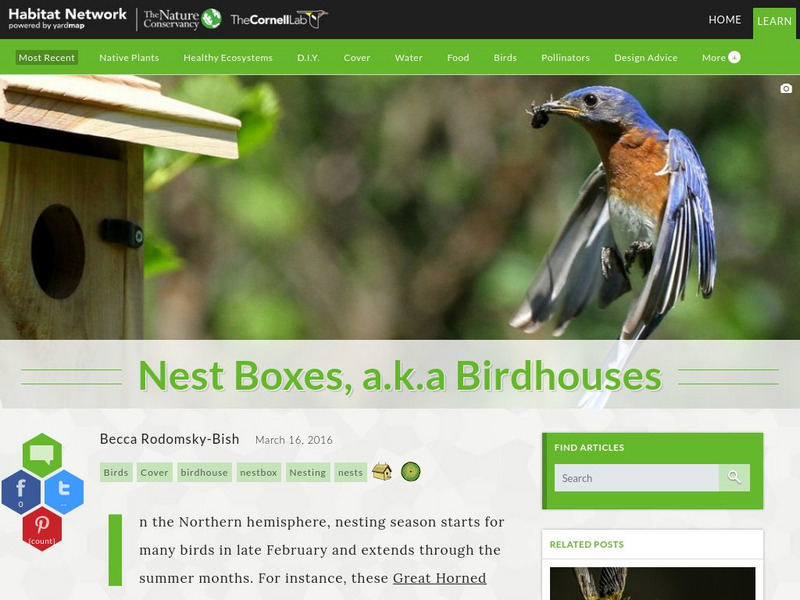Chicago Zoological Society
Chicago Zoological Society: Zoo Explorer: Western Lowland Gorilla
Find out more about the western lowland gorilla by browsing this resource from the Brookfield Zoo. In addition to quick facts, this animal guide provides information on its appearance, family dynamics, and communication.
Chicago Zoological Society
Chicago Zoological Society: Zoo Explorer: White Cheeked Gibbon
Find out more about the white-cheeked gibbon by browsing this reference from the Brookfield Zoo. In addition to quick facts, this animal guide offers information on its appearance, communication, habitat, and unique characteristics.
ClassFlow
Class Flow: Habitats
[Free Registration/Login Required] A 2nd grade unit on animal environments and habitats. Include web links for information on different land and water habitats, as well as a lesson on food chains.
Discovery Education
Discovery Education: Rome's Influence
A lesson plan which has young scholars understanding the impact that Rome had on history, from things as diverse as city planning to our everyday vocabulary.
Unique Australian Animals
Unique Australian Animals: Red Kangaroo
This article, illustrated with many photographs, profiles the red kangarook, Australia's largest kangaroo from nearly 60 species.
Unique Australian Animals
Unique Australian Animals
From the bandicoot to the yabby, this resource provides an index to profiles of dozens of unique Australian animals. Each profile provides a picture along with information on the animal's behavior, habitat, diet and more.
The Franklin Institute
The Franklin Institute: Living Things Families
What do centipedes and crabs have in common? What's so special about a backbone? Check this site out from The Franklin Institute if you are interested in biology and classification.
PBS
Idaho Public Television: Lewis & Clark in Idaho
Site offers perspectives on the most difficult part of the Journey - the Bitterroot Mountains. Also gives perspectives from Native Americans - and an engineer tracks the trail! Transcripts of two PBS programs are provided.
Science Buddies
Science Buddies: What Are You Blubbering About?
Baby Beluga may swim in the deep blue sea, but the song doesn't mention how cold it is out there. Find out in this short project how a bit of blubber can be a useful adaptation when the water is ice cold.
PBS
Pbs Learning Media: The Needs of Living Things
For this lesson, students watch video clips of animals and plants in their natural environment, to gather evidence that all living things have basic needs that must be met in order to survive. Then, to illustrate their understanding of...
Curated OER
Blue Spotted Salamander
This site created by NatureWorks focuses on the Blue-Spotted Salamander. The content of this resource includes a look at this species' characteristics, range, habitat, food, and more.
Curated OER
Blue Spotted Salamander
This site created by NatureWorks focuses on the Blue-Spotted Salamander. The content of this resource includes a look at this species' characteristics, range, habitat, food, and more.
CK-12 Foundation
Ck 12: Life Science: Invertebrates
[Free Registration/Login may be required to access all resource tools.] Animals are also often identified as being either invertebrates or vertebrates. These are terms based on the skeletons of the animals. Vertebrates have a backbone...
NASA
Nasa: Our Restless Planet
This animation library is a great resource for a diverse list of earth science topics including: tsunamis, land subsidence, magnetic fields, volcanoes earthquakes, floods, and sea level changes.
Chicago Zoological Society
Chicago Zoological Society: Zoo Explorer: Amur Leopard
In addition to quick facts, the Brookfield Zoo provides an overview on the social and eating habits, appearance, habitat, and other characteristics of the endangered Amur leopard.
Smithsonian Institution
Smithsonian Science Education Center: Showbiz Safari
Lights! Camera! Action! Our movie director needs your help! Help Walrus pick actors based on the traits that best fit the movie role. Which furry mammal will get the most wanted role in the blockbuster film "Paws"? Which water loving...
Estrella Mountain Community College
Online Biology Book: The Nature of Science and Biology
Use the scientific reasoning and critical thinking to take an in-depth look at the basics of biology.
Untamed Science
Untamed Science: Biodiversity: Animals: Chordates: Birds: Class Birds
Through video clips and pictures, explore the orders and a variety of species found in the Class Aves.
Cornell Lab of Ornithology
Habitat Network: How to Practice Wildlife Friendly Mowing
When it is time to mow, find out the simple strategies to consider to minimize negative impacts on wildlife.
Cornell Lab of Ornithology
Habitat Network: Installing Cover Boards for Reptiles
Learn how to provide a cover board for reptiles who generally prefer drier conditions.
Cornell Lab of Ornithology
Habitat Network: Installing Cover Boards for Amphibians
Find out how to make a cover board for Amphibians' dual life-cycle of aquatic and terrestrial stages.
Cornell Lab of Ornithology
Habitat Network: Nest Boxes, a.k.a Birdhouses
Learn about the importance of bird house boxes in backyard habitats.
Can Teach
Can Teach: African Folk Tales
Eight African folk tales, like "Why the Cheetah's Cheeks Are Stained" to "The Curse of the Chameleon", are at this site. All eight are traditional Zulu stories. The site provides resources for teachers such as lesson plans and games.
Read Works
Read Works: Do Animals Have Feelings?
[Free Registration/Login Required] An informational text debating whether or not animals feel various emotions. A question sheet is available to help students build skills in reading comprehension.
Other popular searches
- Diversity of Animal Kingdom
- Plant and Animal Diversity
- Animal Diversity Project
- Animal Diversity World
- Biology Animal Diversity
- Animal Diversity Field Study
- Animal Diversity Jaguar
- Intro Animal Diversity
- Animal Diversity Observation
- Animal Diversity Africa
- Animal Diversity Lessons
- Kingdom Animal Diversity



